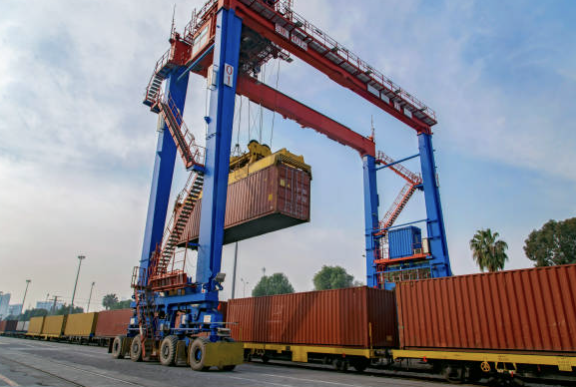
Posted on Thursday, May 9, 2024
Cargo containers are the unsung heroes of global trade. Their standardized design and durability enable seamless transportation across ships, trucks, and trains, reducing shipping costs and enhancing efficiency. From carrying consumer goods to specialty items requiring refrigeration, cargo containers facilitate the movement of goods in the world’s interconnected economy. Behind these vital tools lies the art and science of metal fabrication, which ensures these containers meet stringent standards for strength, weather resistance, and longevity.
Producing cargo containers involves several precise metal fabrication processes. These include:
This process is optimized to meet ISO standards for cargo containers, ensuring they are uniform and fit for global use.
A global logistics company faced increasing demand for environmentally friendly practices. They adopted a fabrication process that incorporated:
The company not only met eco-conscious standards but also gained a competitive edge by appealing to environmentally conscious clients.
The process of metal fabrication in cargo container production underpins the logistics industry. From cutting and welding to assembling durable and standardized containers, it’s a field that continuously evolves to meet the growing demands of global trade. Whether transporting everyday goods or specialized cargo, cargo containers—and the metal fabrication behind them—remain the backbone of global commerce.
This blog post provides a comprehensive look at the intersection of metal fabrication and logistics, highlighting its critical role in shaping the modern world.
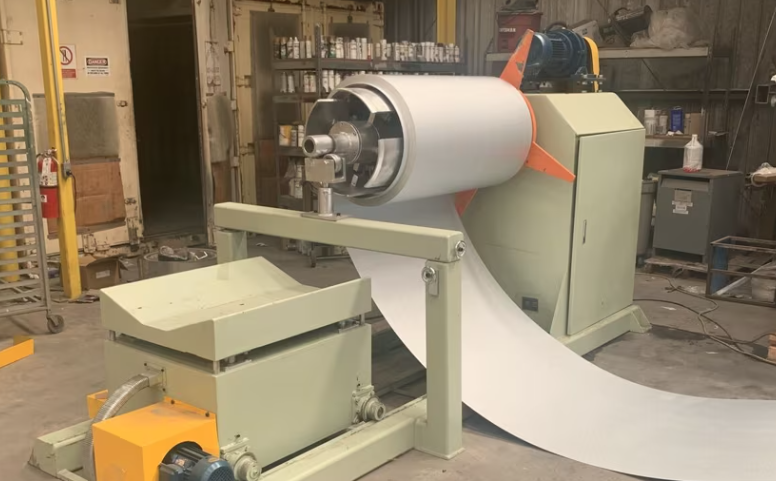
Understanding Coil IDs, Mandrel Sizing, and Shear Pin Safety in Uncoilers
Posted on Wednesday, October 1, 2025
Mismatched sizes can lead to machine damage, downtime, and safety hazards — often evidenced by a shear pin failure.
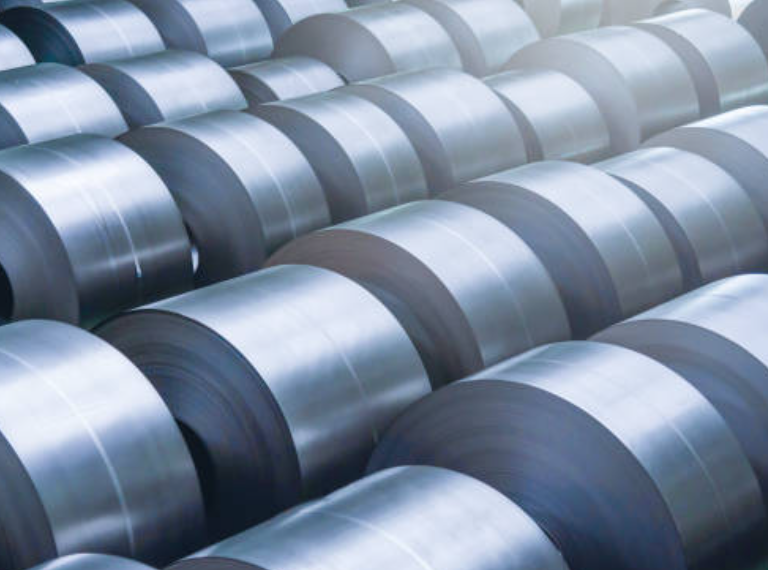
How Coil Tensile Strength Affects Roll Forming and How to Adjust Your Machine
Posted on Wednesday, October 1, 2025
Changes in tensile strength can significantly affect the finished profile, causing misaligned bends, uneven edges, and out-of-spec parts.
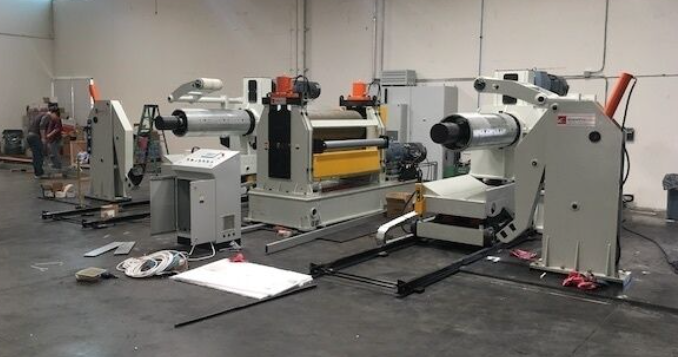
Why Paint Cracks on an Embossing Line Running Pre-Painted Coil and How to Prevent It
Posted on Wednesday, October 1, 2025
This issue not only affects the visual quality of the product but can also lead to increased scrap rates and customer complaints.
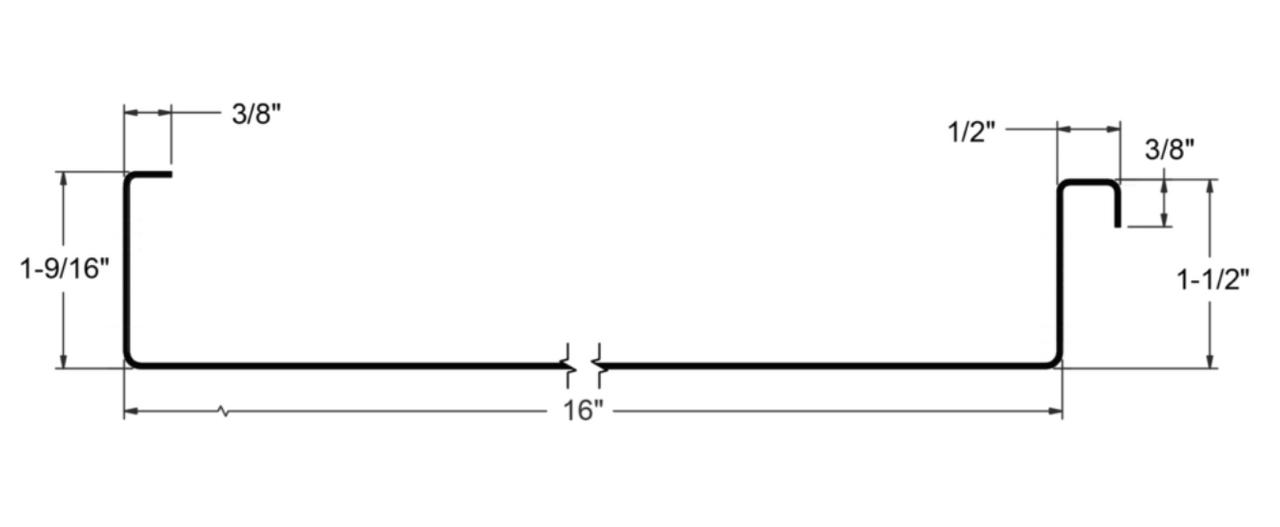
The Most Popular Standing Seam Metal Roof Panels in the U.S. — A Comprehensive Guide
Posted on Monday, September 29, 2025
In this post, we’ll explore what panel styles and sizes are most popular in the U.S